Dylan Moll
Advisor: Liane Veness (Fall) and Terri Fuglem (Winter)
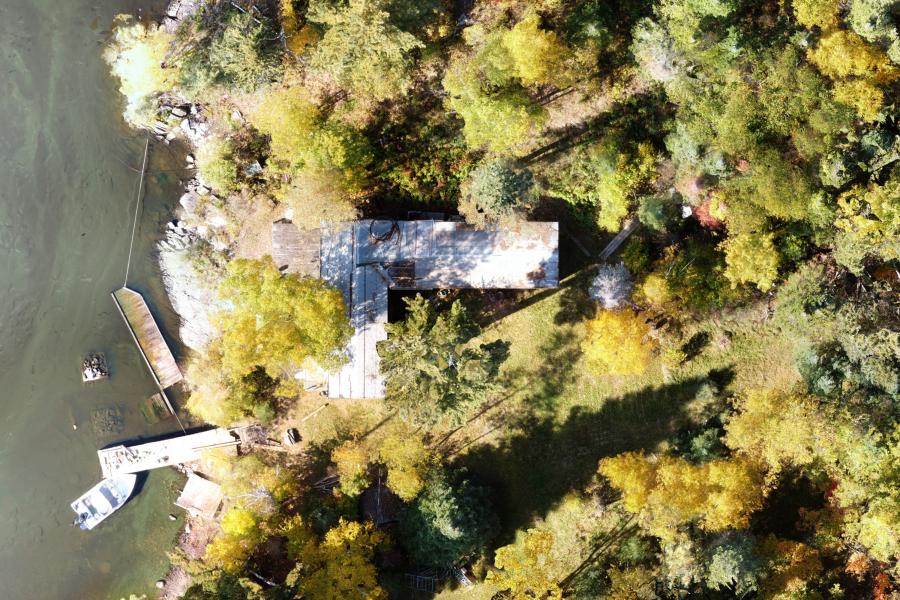
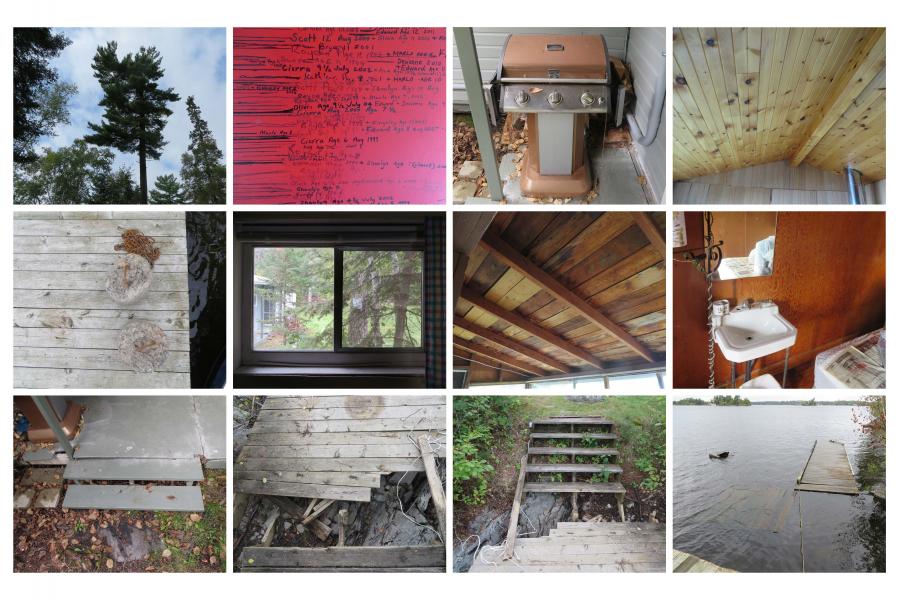
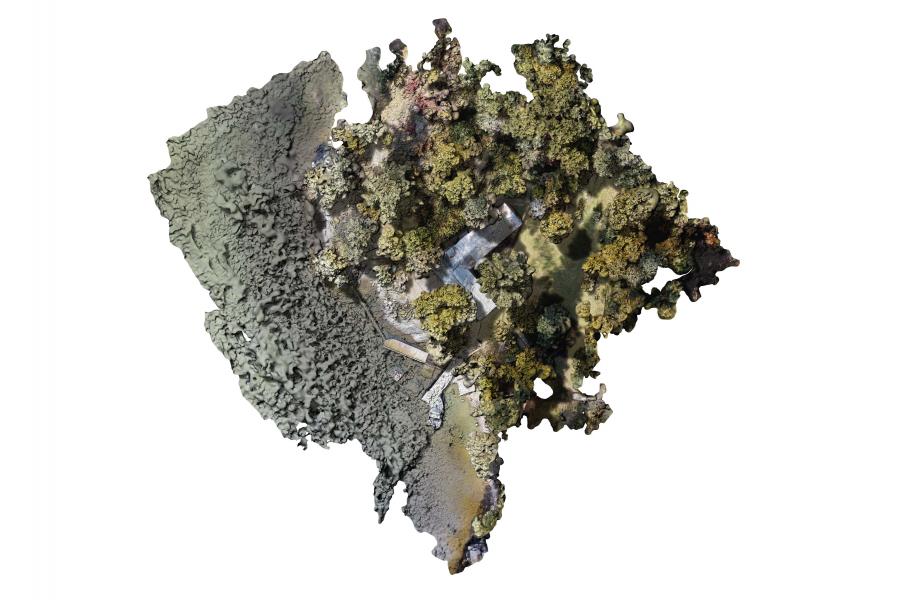


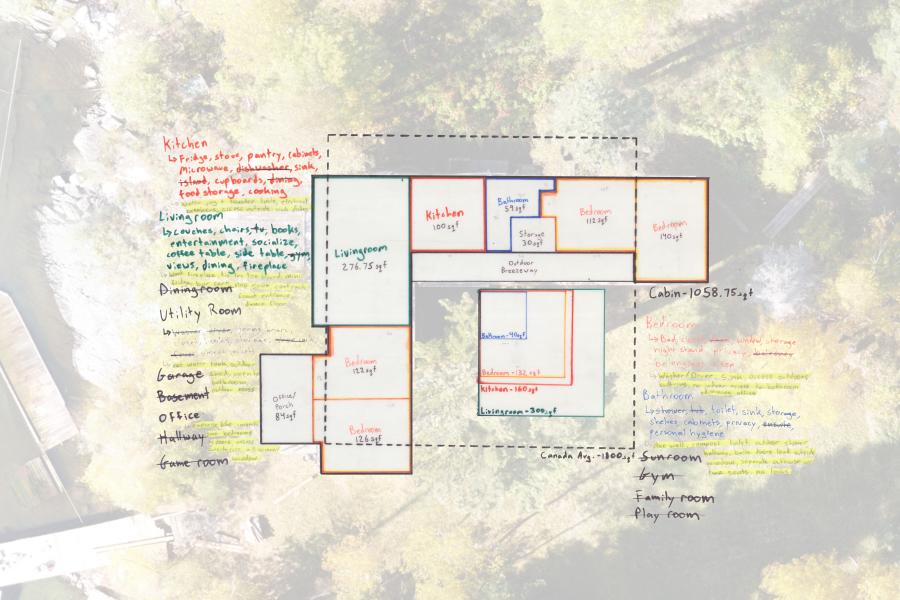
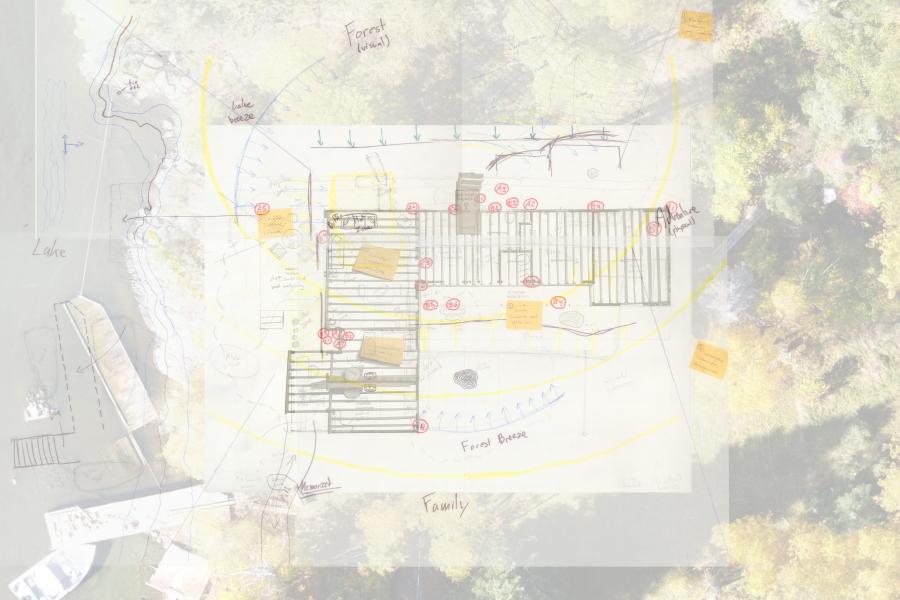
Re-evaluating Concepts of Value in Architecture
Seventy years ago, a humble cabin built on Coney Island, Lake of the Woods, set forth a history that has led to the formulation of the following design thesis. The story of the cabin is one of adaptation, remediation, and most of all, family. In studying the site, I began to question the role of the architect and reconsider certain concepts of value in practice to frame the cabin as a model for a new method of design. Therefore, this thesis is not simply about designing a cabin, but rather understanding, revealing, and harnessing the qualitative value of place. Architecture is meant to be the space between lines, not the lifeless construction documents drafted behind a computer screen. At some point, concepts of value in architecture became deeply rooted in economics and production and the profession prioritized business over design and craftsmanship. Dissecting and analyzing the cabin as both a quantitative object (site) and a qualitative subject (place) will help to redefine concepts of value in architecture to emphasize the intangible significances that have been lost in modern practice. The qualitative value of place will be contrasted with quantitative observations to question the role of the designer and work towards more thoughtful practice. Research into the genealogy of material and architectural practice and the economics of construction will aim to reveal why we build the way we do and how we can practically alter existing concepts of value in architecture. Additionally, careful examination of the cabin and site’s history, memories, imperfections, and inherent qualities will provide a framework for understanding the genuine value of architecture and its relationship to the environment. The cabin is a catalyst to amend the ways in which we contemplate and deliberate on value in architecture and will act as a model for conscious building practices of the future. My fundamental ambition as a designer is to create spaces that have the same impact as this cabin has had on me. As Winston Churchill once said, “First we shape our buildings; thereafter, they shape us.”
